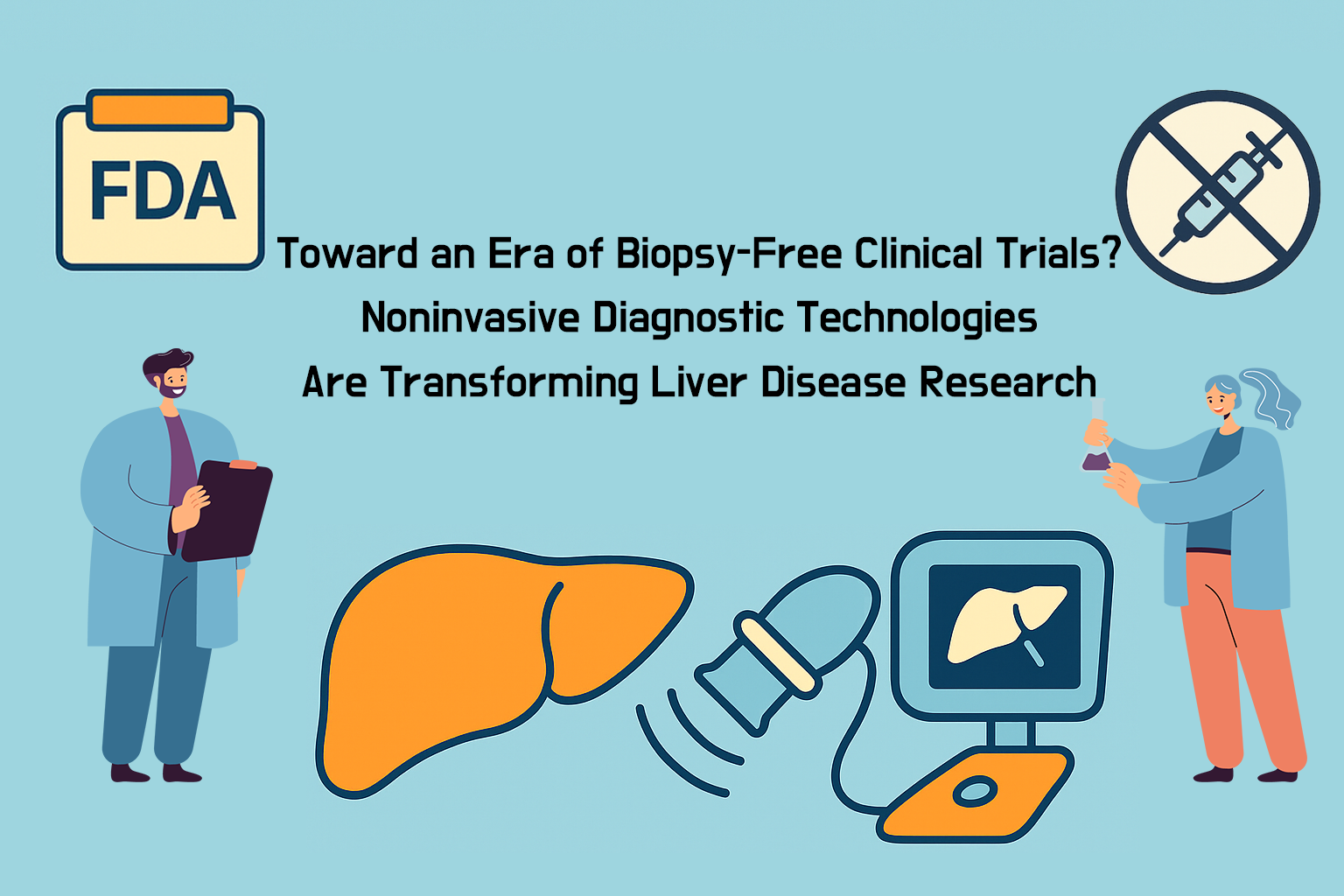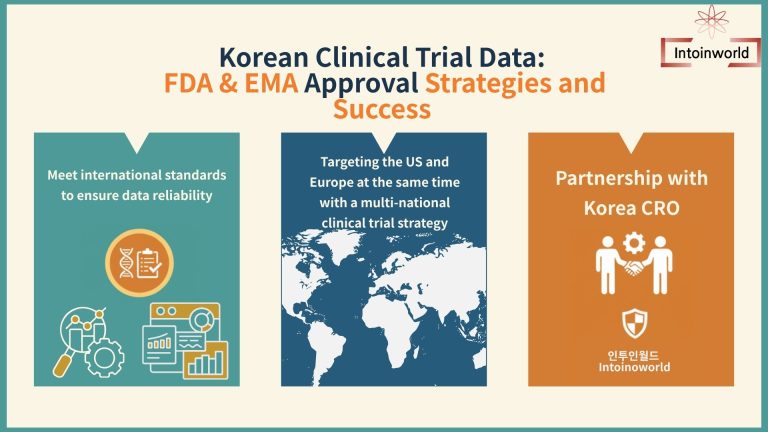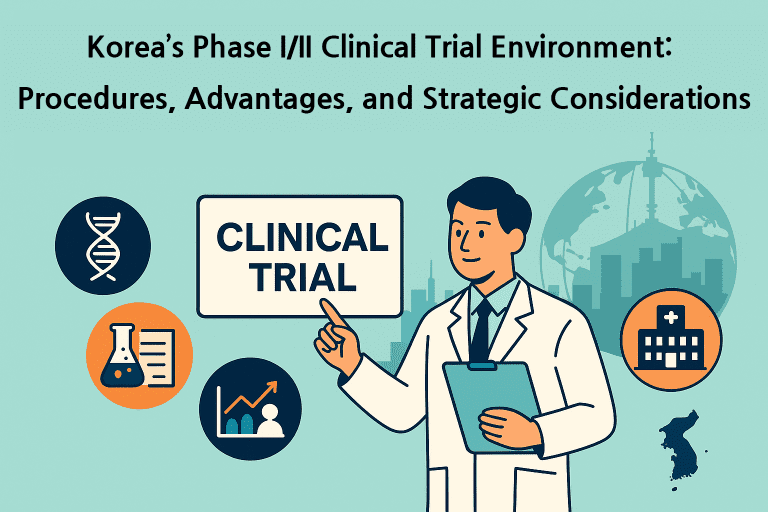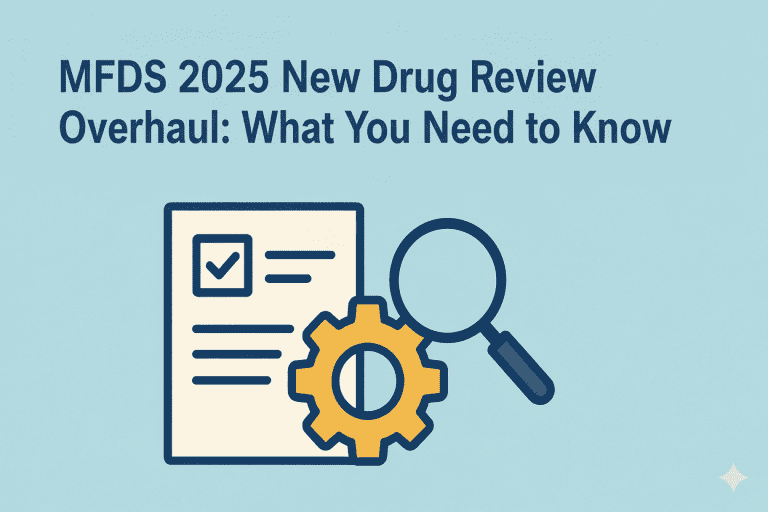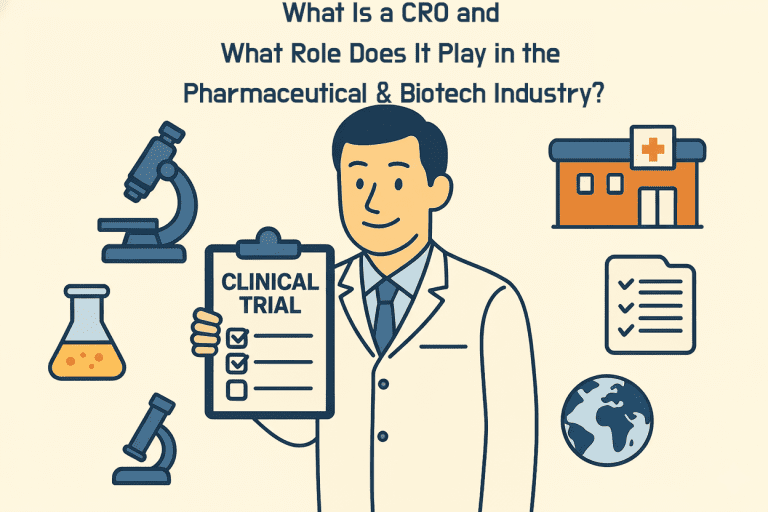Recent FDA deliberations on employing noninvasive diagnostics as surrogate endpoints in MASH drug‑development trials have drawn wide attention. MASH—formerly referred to as non‑alcoholic steatohepatitis (NASH)—is characterized by excessive hepatic fat accumulation with inflammation and fibrosis (scarring). Progression can lead to cirrhosis, hepatic decompensation, and hepatocellular carcinoma, making it a focal area for global pharma and biotech. Historically, efficacy evaluation in MASH trials has relied on liver biopsy; the FDA’s evolving stance may open a path to trials that forgo invasive procedures.
Repeated Liver Biopsy as a Bottleneck in Clinical Trials
Liver biopsy has long served as the reference method for staging hepatic fibrosis. Under local anesthesia, a needle is introduced between the ribs to obtain a small tissue specimen for histopathologic assessment. While precise, the procedure is invasive and burdensome, with risks that include pain and bleeding; it also imposes substantial psychological stress. In drug trials, repeated biopsies are often required to track response, deterring enrollment and complicating timelines and representativeness of study populations. In short, biopsy has been essential yet onerous.
Emergence of Noninvasive Diagnostics—Liver Stiffness Measurement as an Alternative
To address these limitations, noninvasive approaches have emerged as credible alternatives. The technique under FDA consideration is vibration‑controlled transient elastography (VCTE), which uses a specialized ultrasound transducer to deliver mechanical vibrations and measures the propagation speed of the resulting shear waves to estimate liver stiffness. Stiffness correlates closely with fibrosis stage, enabling serial assessment of injury and recovery without tissue sampling. VCTE (commonly known by the brand FibroScan®) is painless, takes only minutes, and can be repeated as needed to monitor change over time—reducing risk to participants while allowing more frequent, data‑rich assessments for investigators.
Figure. FibroScan® device for noninvasive liver‑stiffness assessment. This ultrasound elastography technology can evaluate hepatic fibrosis within minutes and is being explored as an alternative to repeated liver biopsy.
Comparative Overview
| Category | Invasive Diagnostic (Liver Biopsy) | Noninvasive Diagnostic (Liver Stiffness Measurement) |
| Method | Needle sampling of liver tissue | Ultrasound with controlled vibration (elastography) |
| Pain/Risk | Risks include bleeding, pain, infection | Painless; noninvasive |
| Repeatability | Limited by risk and burden | Freely repeatable |
| Patient Acceptance | Low | High |
| Resources | Requires histopathology | Requires dedicated device (e.g., FibroScan®) |
Potential as a Surrogate Endpoint and the FDA’s First Step
The FDA’s Center for Drug Evaluation and Research (CDER) has recently acknowledged receipt of a Letter of Intent (LOI) to qualify liver stiffness measurement as a surrogate endpoint for MASH trials—an initial milestone in the Drug Development Tool Qualification pathway. Although further validation is needed prior to any final decision, this step signals a possible inflection point. If accepted, noninvasive measures could ease enrollment, improve representativeness, reduce participant burden, and enable more frequent assessments—factors that collectively may strengthen data quality and enhance trial success.
Implications for Drug‑Development Competition and the Market
Global competition in MASH therapeutics is accelerating. In August 2025, Novo Nordisk’s anti‑obesity therapy Wegovy received U.S. FDA approval for adults with non‑cirrhotic MASH and moderate‑to‑severe fibrosis—the first GLP‑1–based therapy to secure a MASH indication—galvanizing the field. Numerous companies, domestic and international, are advancing agents with similar mechanisms or novel targets. In this context, the adoption of noninvasive endpoints may materially influence development strategies and market dynamics. Should biopsy‑free trials become feasible, innovation could ripple across the entire development continuum—from recruitment through analysis—creating new opportunities and challenges for Korea‑based CROs and the broader clinical‑research ecosystem.
IntoInworld’s Integrated Clinical‑Trial Solutions
Leveraging more than a decade of expertise, IntoInWorld delivers end‑to‑end CRO services supporting drug and medical‑device development. As a Korea‑based partner to domestic and global sponsors, the company offers efficient, high‑fidelity trial operations from early development through late‑phase studies. By preparing proactively for rapidly evolving trial environments and new technologies, IntoInWorld aims to be a reliable ally in sponsors’ pursuit of innovative therapies. For tailored support or further information, please contact IntoInWorld via the inquiry page and consult the company’s blog (Clinical Trials section) for regularly updated insights and practical guidance.
FAQ
Q1. What is MASH?
A. MASH stands for metabolic dysfunction–associated steatohepatitis, formerly known as non‑alcoholic steatohepatitis (NASH). It involves excessive lipid accumulation in hepatocytes with associated inflammation and fibrosis. Because it is closely linked to metabolic syndrome (e.g., obesity, diabetes), progression can culminate in cirrhosis or liver cancer. Vigilant management is therefore essential.
Q2. What is a “surrogate endpoint” in clinical trials?
A. A surrogate endpoint is an indirect measure used when direct clinical outcomes (e.g., survival or symptom relief) are difficult to assess within feasible timelines. For example, tumor‑size reduction is sometimes used as a surrogate for overall survival in oncology. While surrogate endpoints can shorten trials and reduce burden, regulatory acceptance hinges on robust evidence that the surrogate reliably predicts clinical benefit.
Q3. What are the benefits of biopsy‑free trials?
A. Replacing biopsy with noninvasive monitoring can enhance participant safety and comfort, lower psychological barriers to enrollment, and enable repeated measurements that enrich longitudinal datasets. These gains can improve the reliability and efficiency of studies and ultimately increase the probability of successful drug development.

